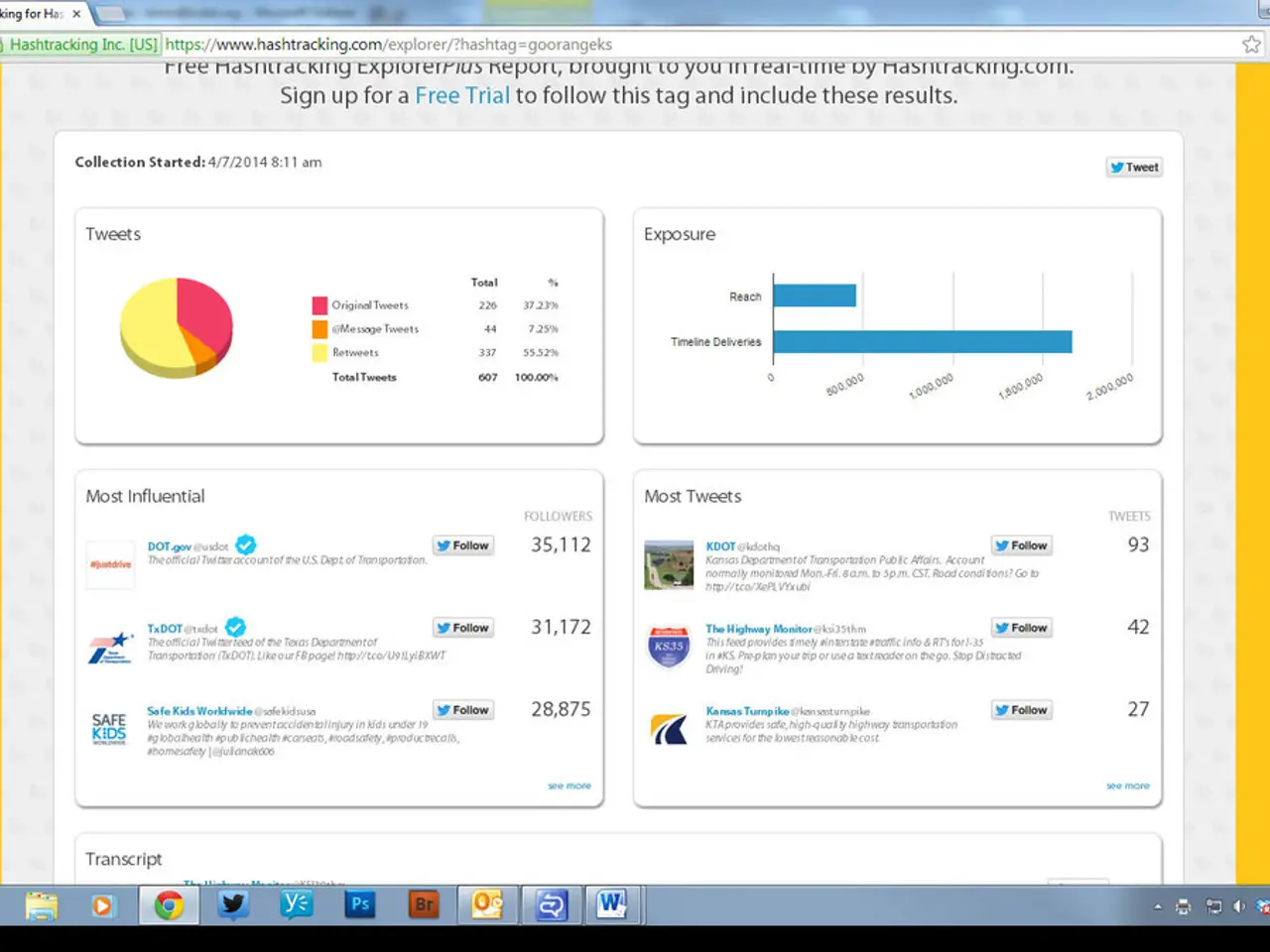Ensuring Fair Compensation: Strategies for Aligning Employee Salaries with Performance Levels
In the ever-evolving world of business, two pioneers, Andrei Dubrovsky and Anna Rassomakhina, have made a significant impact with their innovative dashboard system. This groundbreaking tool, developed by the founders of HR agency "Valuable People" and Executive Director of "StimEx", has revolutionized the way organizations assess employee performance, manage workloads, and boost productivity.
The KPI system, as it's known, places a strong emphasis on mutual growth between employee and company, with a special focus on feedback and management's willingness to listen and engage in flexible dialogue. It provides a clear picture of an employee's potential career advancement within the company, while also allowing them to see their successes and weaknesses, set realistic goals, and plan their growth strategy in comparison with their colleagues.
One of the key features of the dashboard system is its adaptability. It caters to different levels of management, providing up-to-date data for each department and a comparative analysis within the company. Employee effectiveness assessment includes factors such as sales volumes, profit, depth of customer processing, variety of assortment, degree of workload, and contribution to department development.
The system also visualizes progress and prospects, displaying the entire chain of actions and results instead of abstract numbers. This approach has led to a significant increase in branch productivity due to the identification of weak points and timely adjustment of managerial decisions. Interestingly, the implementation of this system has even resulted in an increase in employee wages, as they are now tied to results, not artificially inflated.
Dashboards have also enhanced organizational performance in three key areas: Employee Assessment, Workload Distribution, and Team Productivity. In Employee Assessment, dashboards provide clear, data-driven indicators of performance, promote transparency and accountability, and enable continuous feedback. In Workload Distribution, they help manage workloads more evenly, identify bottlenecks, and optimize resources. In Team Productivity, they align goals, facilitate collaboration, and enable data-driven decisions.
The future of this system looks promising, with plans to integrate an analysis of warehouse processes and purchases, as well as developing additional modules aimed at enhancing data transparency and improving communication between management levels. The initial skepticism from the team has gradually turned into positive feedback, as employees have noticed the difference between their productivity levels and work quality, actively improving their metrics and analyzing their activities more deeply.
In conclusion, the dashboards crafted by Rassomakhina and Dubrovsky support a culture of transparency, promote equitable workload management, and enhance productivity through continuous, data-informed insights, positively transforming how organizations assess employees and manage teamwork.
The innovative dashboard system, created by Andrei Dubrovsky and Anna Rassomakhina, has expanded its focus to include 'finance', as plans are underway to integrate an analysis of warehouse processes and purchases. This integration aims to further enhance organizational 'performance' and improve 'business' decisions.
The system's unique approach to employee performance assessment, including factors like sales volumes and profit, demonstrates its depth in 'technology' and potential to revolutionize various 'business' sectors.




